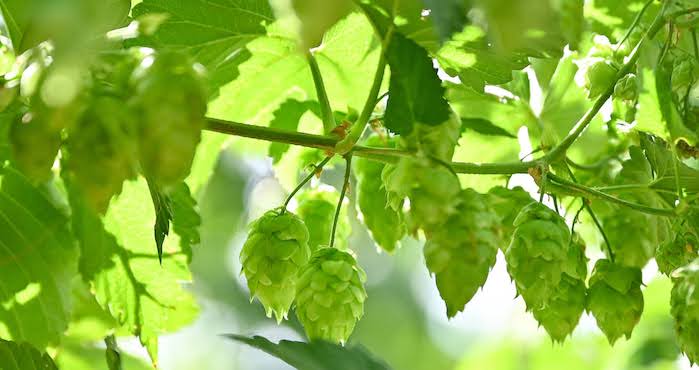Hop Science Newsletter (September 2016)
In this issue: craft beer tasting panels, bitterness questions in dry-hopped beers, and how hop aroma gets absorbed into liners.

HOW TO TRAIN A TASTING PANEL FOR CRAFT BEERS
I think we all agree that craft beers offer an incredibly wide range of flavours. To assess craft beers, a different approach in training the assessors makes sense. This presentation gives an overview how to approach this, what the important things for effective flavour training are, and what is of less importance. Just to train for hop flavours alone, 36 reference compounds are suggested!¹
HOW DOES THE TEMPERATURE AND HOP AMOUNT INFLUENCE FLAVOUR EXTRACTION DURING DRY HOPPING?
This was one of the questions that was looked into when our Barth team conducted these small-scale dry
hopping experiments. Applying the temperatures 0°C, 13°C and 20°C with inline GC-measurements of 14 hop aroma components, it was found that for most of the components a higher temperature results in higher concentrations in the beer. However the extraction yield is different for alcohols compared to terpenes and other compounds. It was also observed that a six-fold higher concentration of hops yielded, in general, higher extraction values which are on average only 1-3 times higher. This may be due to a saturation limit.²
BITTERNESS QUESTIONS IN DRY HOPPED BEERS
This German research team looked into the bitterness of dry hopped beers. They found that dry hopping
causes an increase in IBUs, alpha acids and humulinones, and conversely a reduction of iso-alpha acids. In addition, the correlation between measured IBUs and sensory bitterness was rather poor. And although a degradation of alpha acids and humulinones was observed during storage, the sensory bitterness of the beer was found to be almost unchanged. So there are still a lot of questions to be answered about the bitterness of dry hopped beers.3
HOW MUCH OF MY HOP AROMA GOES INTO THE LINER?
This question was addressed by a German research group. They compared different crown liner material
with highly hopped beer packaged in bottles. For all measured hop components, the first 20 days showed a high absorption curve of these aroma components in the different liner materials. There was little difference observed between those liner materials but it was shown that the hydrocarbon components are especially susceptible to quick sorption while terpenoids showed minor migration tendency. Drink your beer before the liners get all the delicious hop flavours!4
EVENTS
Brau Beviale is Coming Up:
For this year’s Brau Beviale, we are again preparing special tasting sessions for you. Our topic this year is: “Same variety, different pellet, different flavour.” The tasting session will take about 40 minutes of your time and will be offered 4 times during Brau. Please register here: http://www.barthhaasgroup.com/de/hops-academy#termine
REFERENCES:
1. Simpson, B.: Modern approaches to beer tasters training http://www.asbcnet.org/events/archives/2016/proceedings/Pages/default.aspx
2. Hinz, S.: Influence of time, temperature and hop oil content on aroma extraction during dry hopping http://www.asbcnet.org/events/archives/2016/proceedings/Pages/default.aspx
3. Mitter, W.: Bitterness assessment in dry hopped beers based on sensory tests and analyses
http://www.asbcnet.org/events/archives/2016/proceedings/Pages/default.aspx
4. Wietstock, P.: Scalping of hop volatiles from beer into crown cork liner polymers. http://www.
asbcnet.org/events/archives/2016/proceedings/Pages/default.aspx
